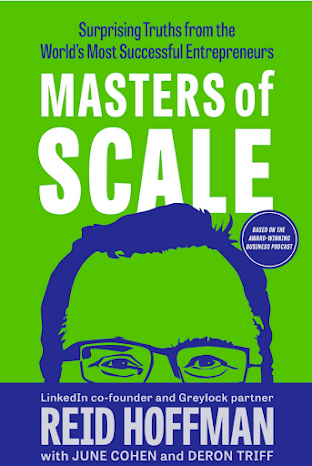Master Software Architecture by Mateusz Jedrzejewski is an insightful and pragmatic look into the discipline of software architecture. Jedrzejewski expertly unpacks the often complex decisions that lie at the core of robust, scalable software design, providing a guide that balances the theoretical with actionable advice. His approach is notable for its clarity, bringing the abstractions of architecture into a more accessible realm without losing their technical rigor. This book is essential not only for experienced architects but also for developers eager to deepen their understanding of architectural thinking.
Jedrzejewski emphasizes the need to maintain adaptability and resilience in software architecture, especially given the rapid technological advancements of recent years. His methodology combines deep technical knowledge with a hands-on approach that equips readers to not only understand but also apply architectural principles to solve real-world problems. The book is structured thoughtfully, with each chapter building upon the last, which makes it suitable both for newcomers and seasoned professionals.
Chapter-by-Chapter Summary
Foundations of Architecture: This chapter introduces the basic principles of software architecture, covering the roles, responsibilities, and mindset necessary for an effective architect. Key topics include modularity, abstraction, and scalability.
Architectural Patterns: Jedrzejewski delves into the common patterns in software architecture, such as microservices, layered architecture, and event-driven architecture. He presents each with detailed case studies.
Design Principles and Best Practices: Covering SOLID principles and the principles of clean architecture, this chapter is focused on design fundamentals that support maintainability and testability.
Technology Stack Selection: Here, Jedrzejewski examines how to select the right tools and frameworks based on project needs, emphasizing emerging technologies such as serverless computing and containerization.
Scaling and Performance Optimization: This chapter focuses on scalability, discussing load balancing, caching strategies, and performance benchmarking.
Security in Architecture: A vital chapter on incorporating security at each layer of the architecture, highlighting encryption, secure APIs, and compliance with standards.
Architecting for Cloud and DevOps: Explores cloud-native architectures, CI/CD, and the role of DevOps in building and maintaining software systems.
Future-Proofing Architecture: Jedrzejewski discusses the importance of adaptability, touching on machine learning integrations, API-first design, and observability.
Case Studies and Practical Applications: The final chapter presents a collection of case studies that illustrate the principles covered throughout the book, offering readers real-world applications of Jedrzejewski’s methods.
The 10 Most Impactful Quotes
“A solid architecture is invisible until it fails; good architecture is like the foundation of a house—it supports without needing to stand out.”
“Scalability is not a feature, but a mindset that should be woven into every architectural decision.”
“Choosing a technology stack is like crafting a painter’s palette—the wrong color can obscure the beauty of the whole.”
“Future-proofing is not about predicting the future, but about staying agile enough to adapt to it.”
“Security must be baked into the architecture, not plastered on afterward.”
“Architects must balance the freedom of developers with the constraints of the system.”
“Without a clear strategy for scalability, a system will sooner or later hit a wall it cannot break.”
“Architects are storytellers; each design tells a narrative about the system it shapes.”
“The cloud is more than a hosting option; it is a paradigm shift that redefines what architecture can achieve.”
“The most complex system is one that has forgotten the elegance of simplicity.”
Key Contributions to Knowledge
Architectural Patterns Reimagined: Jedrzejewski revisits and refines foundational patterns with practical insights, providing fresh perspectives on microservices and event-driven architecture.
Emphasis on Security and DevOps: By treating security and DevOps as architectural priorities rather than afterthoughts, he sets a new standard for modern architecture.
Framework for Future-Proofing: Jedrzejewski offers a practical approach to future-proofing systems, encouraging adaptability without compromising on structure.
Emerging Technologies
Serverless Computing: Discussed in depth as a way to scale functions without managing server infrastructure.
Containerization and Kubernetes: For improved application portability and environment consistency.
Edge Computing: Addressed as an important trend for processing data closer to its source.
AI and Machine Learning Integration: Jedrzejewski explores how to architect systems that can support AI processing.
Blockchain and Decentralized Systems: Examined as tools for data integrity in distributed systems.
Why You Should Read This Book
Master Software Architecture is more than a manual; it’s a vision for the future of software systems. The book is vital for anyone wanting to understand not only the "how" but also the "why" of architectural decisions. In an age of rapidly evolving tech, Jedrzejewski provides an adaptable and resilient framework for creating systems that can withstand change.
Recommended Complementary Resources
Books:
Clean Architecture by Robert C. Martin
The Software Architect Elevator by Gregor Hohpe
Domain-Driven Design by Eric Evans
Microservices Patterns by Chris Richardson










.jpg)